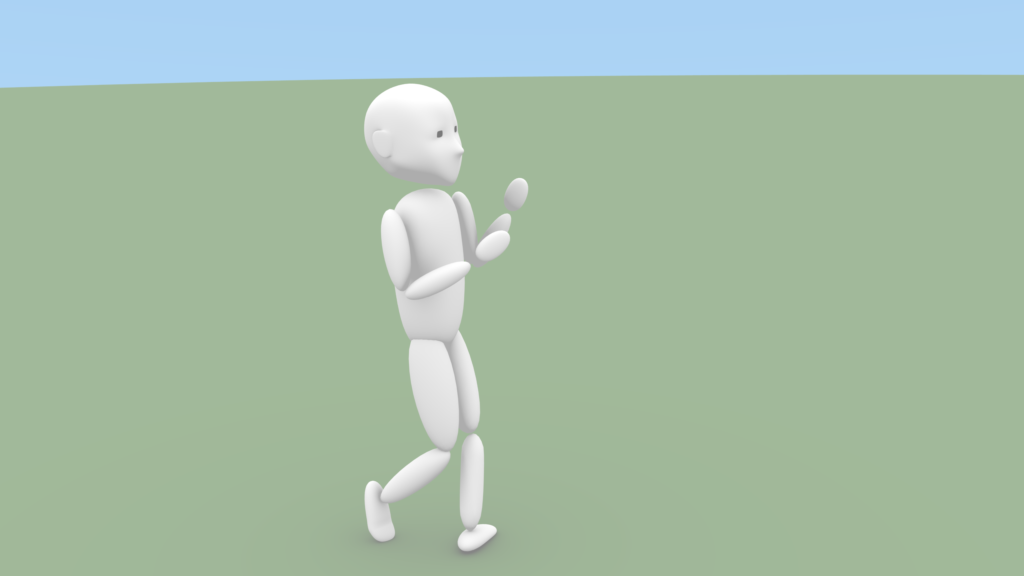 Following on from my previous ruminations on animated movies…
Following on from my previous ruminations on animated movies…
Looking at the armies of animators, riggers, character modellers, etc., in the credits of a major animated film, it’s evident that there’s a lot of work going into it.
Consider also the graphic novel medium, which has taken off incredibly since The Dark Knight Returns by Frank Miller, Klaus Janson and Lynn Varley flipped a switch in the 1980s. There are high-production-value books, like Dark Knight, Jeff Smith’s Bone (which is accurately labeled an epic, but which can technically be combined into one paperback), and more recently the Amulet series by Kazu Kibuishi, all of which encompass untold gruelling hours of writing, designing, drawing and redrawing, and colouring. (Bone, now available in colour, was originally in black and white but with virtuosic pencilling and inking). Telling a story in beautiful pictures takes sweat and tears, or time, headaches, and repetitive strain injury.
But there’s a lot that can be done with fewer resources and a cruder visual shorthand. Peppa Pig has cracked me up on multiple occasions, I’m not ashamed to admit. (I think I like that one better than my kids do.)
Some of the most effective cartoon art I’ve experienced belongs to Allie Brosh’s Hyperbole and a Half.
Simple, childlike drawings don’t hurt Captain Underpants’ popularity, or Wimpy Kid’s, although the attraction is different. I’m not putting down Dog Man as a work, but I don’t think it takes as long to draw as Amulet.
So high production values are not indispensable for compelling storytelling. Is there something satisfying I can produce for my own amusement with free tools and limited time? The way to find out is to simplify down to bare bones. Going back to those credits lists, the sky is obviously the limit as to how much work can be put into an animation.
To experience a little of what it’s like to animate a character, I tried really hard to simplify. I’m not good at that. I used Blender, because it’s extremely capable, but also because I have some familiarity with its interface. Blender’s dangerous, of course, because you can get fancy.
I started with a character with disconnected body parts, no fingers, no facial expressions, no hair, and no clothes. The background is ground and sky. The aim was just to copy the motion in a short clip of my older kid goofing around in the early falling snow. I didn’t add the snow!
Figuring out which parts to pose first to get the best motion was hard; I started with the feet in this case because their whimsical movements led everything else and it was all irregular. Seven seconds of this was biting off a bit more than I could comfortably chew! Maybe I should have started with a walk cycle.
The learning curve here was steep and many hours went into the posing (over a few months), with several redos. After keyframing a lot of poses, I did some cleaning up in the F-curve editor, but left it fairly rough. There’s plenty I can see to fix, especially the timing of the jump relative to the push-off from the foot. And that moment where the feet collide, due to my messing with the motion curves after keyframing. Nevermind. Time to move on to the next exercise!
I wrote more about the technical details within Blender here.

